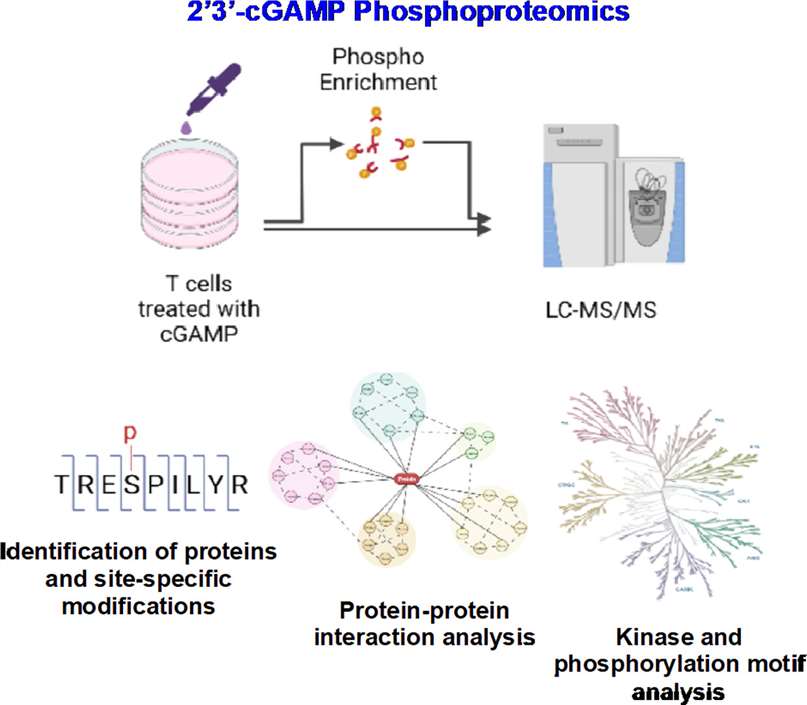 Xie Z, et al. Advanced Agrochem, 2024, 3(4), 337-343.
Xie Z, et al. Advanced Agrochem, 2024, 3(4), 337-343.
Cyclic dinucleotides (CDNs), a class of signaling molecules with important physiological roles in various organisms, have recently been explored for their potential bioactivity in agricultural pest control. In this study, ten types of CDNs, containing adenine and guanine bases with different internucleotide linkages (3′,3′; 2′,3′; 2′,2′), were synthesized and tested for their antifeedant and insecticidal activities against common Lepidoptera pests, including Spodoptera frugiperda, Mythimna separata, and Helicoverpa armigera.
Bioassay results revealed that 3′,3′-c-di-AMP exhibited the highest antifeedant activity, with an EC50 of 0.59 mg/L against M. separata larvae, while 2′,3′-c-di-AMP showed significant insecticidal activity with an LC50 of 55.4 mg/L against the same larvae. Transcriptomic analysis further demonstrated that these CDNs impacted the growth and development of insects, with 3′,3′-c-di-AMP inducing immune inflammation, suggesting a mechanism involving insect immune system stimulation. These findings indicate that cyclic dinucleotides can interfere with the normal physiological processes of insects, opening new avenues for the management of agricultural pests. The antifeedant and insecticidal properties of CDNs, particularly 3′,3′-c-di-AMP and 2′,3′-c-di-AMP, provide valuable insights into their potential use in pest control strategies.




 Xie Z, et al. Advanced Agrochem, 2024, 3(4), 337-343.
Xie Z, et al. Advanced Agrochem, 2024, 3(4), 337-343. Imana ZN, et al. Biomedicine & Pharmacotherapy, 2024, 181, 117692.
Imana ZN, et al. Biomedicine & Pharmacotherapy, 2024, 181, 117692. Cai H, et al. Immunity, 2023, 56(9), 1991-2005.e9
Cai H, et al. Immunity, 2023, 56(9), 1991-2005.e9 Aikins M. E, et al. Journal of Controlled Release, 2024, 368, 768-779.
Aikins M. E, et al. Journal of Controlled Release, 2024, 368, 768-779. Onyedibe KI, et al. Journal of Proteomics, 2023, 279, 104869.
Onyedibe KI, et al. Journal of Proteomics, 2023, 279, 104869.